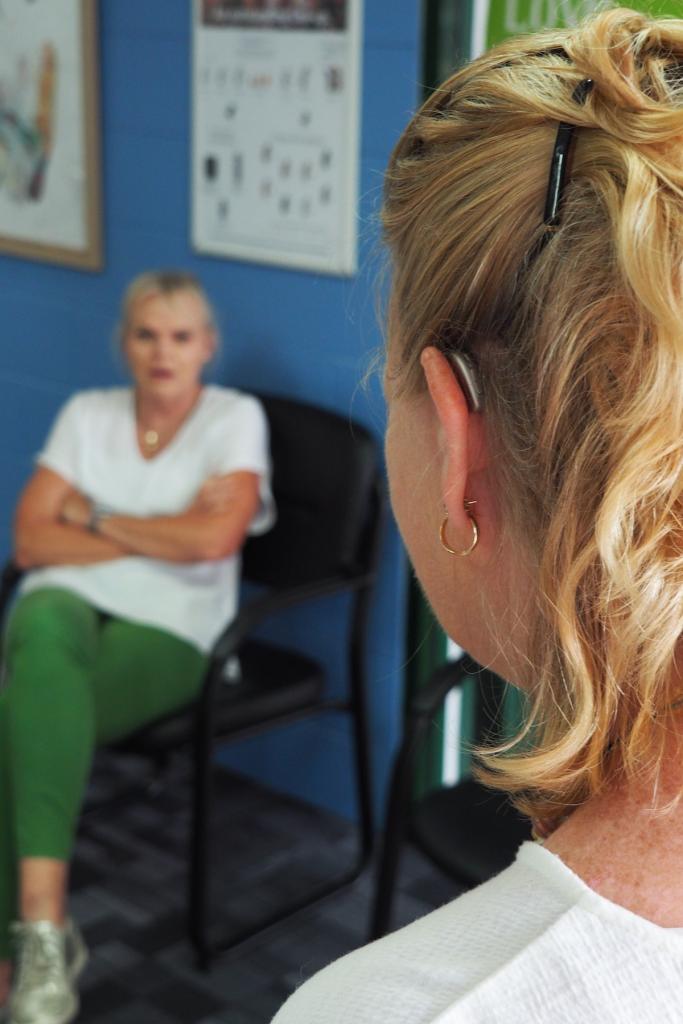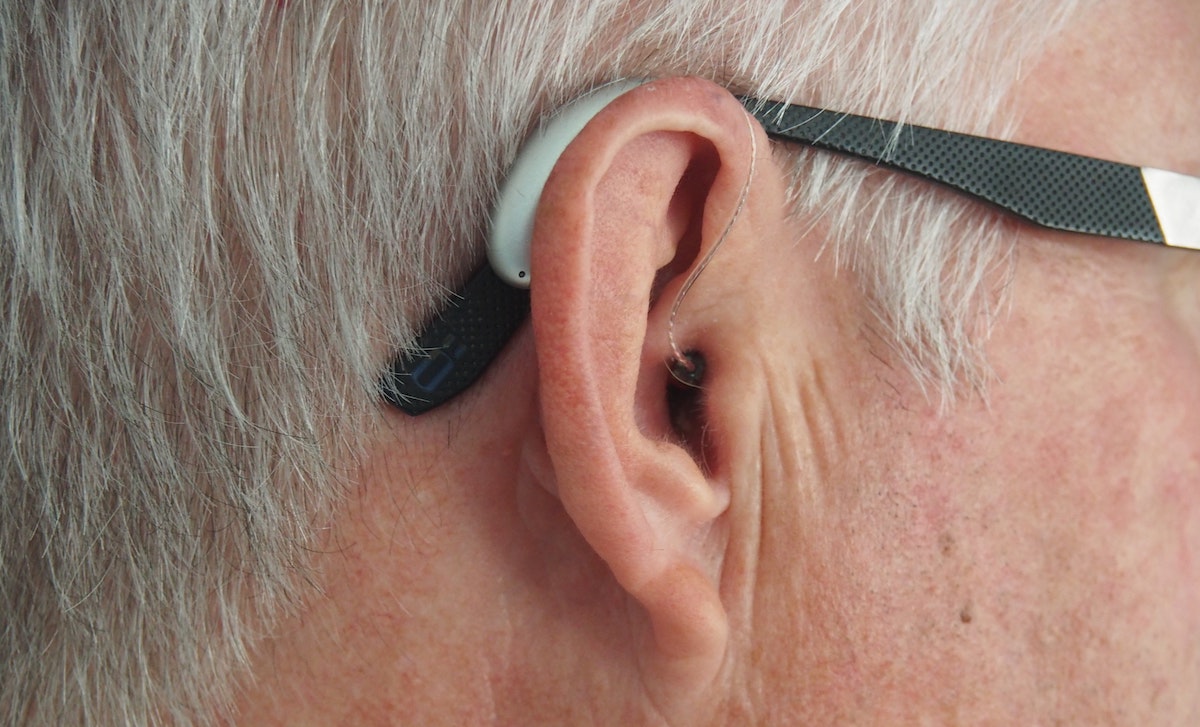This article was written 7/20/2011:
It is estimated that about 30 million Americans have a hearing loss. That is about 10% of the population. In the over 60 group, the incidence is thought to be 30%. However, only 28.5% of those 30 million wear hearing aids. That means that over 21 million Americans with hearing loss are not being helped.
As a physician, I often encounter patients that walk into the office and are unable to understand what is being said. These are the same people that keep the TV so loud that their neighbors complain. When they are confronted with the fact that their hearing may be a problem, they deny any trouble hearing and blame the problem on others not speaking loud enough. They do not like to go out, often because they have trouble understanding their friends in a group setting or in a somewhat noisy place such as a restaurant. They may still deny a hearing problem when confronted with abnormal hearing test results.
Hearing loss seems to carry a stigma in our society. People often think that if they wear a hearing aid they will be thought of as being old and feeble. However, the opposite is true. The last person to know that he or she has a hearing loss is the patient himself. Unfortunately, society equates the inability to comprehend with senility rather than hearing loss, and as such tends to ostracize those with hearing loss.
If you suspect that you or a family member may have a hearing loss, the first step would be to visit an Otolaryngologist, an ear, nose and throat specialist, particularly if the hearing loss is rapid in onset, unilateral or associated with vertigo, dizziness or noise in the ear called tinnitus. The condition causing the hearing loss may be a treatable one such as wax impaction, or it may be the sign of more serious pathology. The Otolaryngologist will then refer you to a Doctor of Audiology, often in the same office, for a complete hearing test to determine the degree of hearing loss and to give the Physician the information he needs to help you with the problem. A screening test is not usually good enough.
A complete audiological evaluation should be able to tell whether your loss is Conductive (in the external or middle ears) or Sensorineural, usually related to gradual deterioration of hearing as a result of aging, genetic factors or noise exposure. The former type may be amenable to medical or surgical correction, and the latter type can usually be improved with amplification.
When patients are fit with new hearing aids, the range of reactions goes from “Wow!” to “I can’t stand this – no, I don’t think this is going to work”. To increase the chances of “wow”, the hearing professionals must assess the patient from many points of view.

One important factor to consider is the physical abilities of the patient. Hearing aids are necessarily small, and the batteries that power them are even smaller. The majority of hearing aid patients is in the 65+ age bracket, and most are facing issues such as decreased tactile sensation in the fingertips, arthritis and decreased visual acuity. Maintenance is a very big concern, as the patient must be able to see the ear wax and debris in the tiny openings of the hearing aid in order to be sure they are clear.
With development of a hearing loss, an individual usually looses the ability to hear low volume sounds. Some individuals also develop problems understanding the words that those sounds represent, the so called discrimination ability. Hearing aids can make sounds louder, but are unable to improve an individual’s discrimination ability. The hearing aid wearer may become disillusioned with the device if the audiologist does not help him keep this in mind.
Another factor is the cosmetic. Dr. Robert Green, an ear, nose and throat specialist in ENT and Allergy’s Manhattan office was quoted in the New York Times in 2006. He said. “People don’t think twice about getting eyeglasses, but hearing aids are a different story.”
Most people think that hearing aids are only for old people, which they usually define as someone ten years older than they. I therefore ask my patients to consider these devices as “Earglasses”. Just as they would not hesitate to use eyeglasses for vision loss, I ask them to think of these amplifiers as ‘Earglasses’ for their hearing loss.
Sophisticated, cosmetically excellent digital hearing aids are the norm these days when shopping for amplification. The computer chips embedded inside them have features that have been switched on or off to provide a wide range of benefits. The better the hearing aid, the better it will process background noise and clarity. However, the patient’s comfort with the Audiologist and his or her expertise and availability are essential to obtain maximum benefit from their hearing aids.
